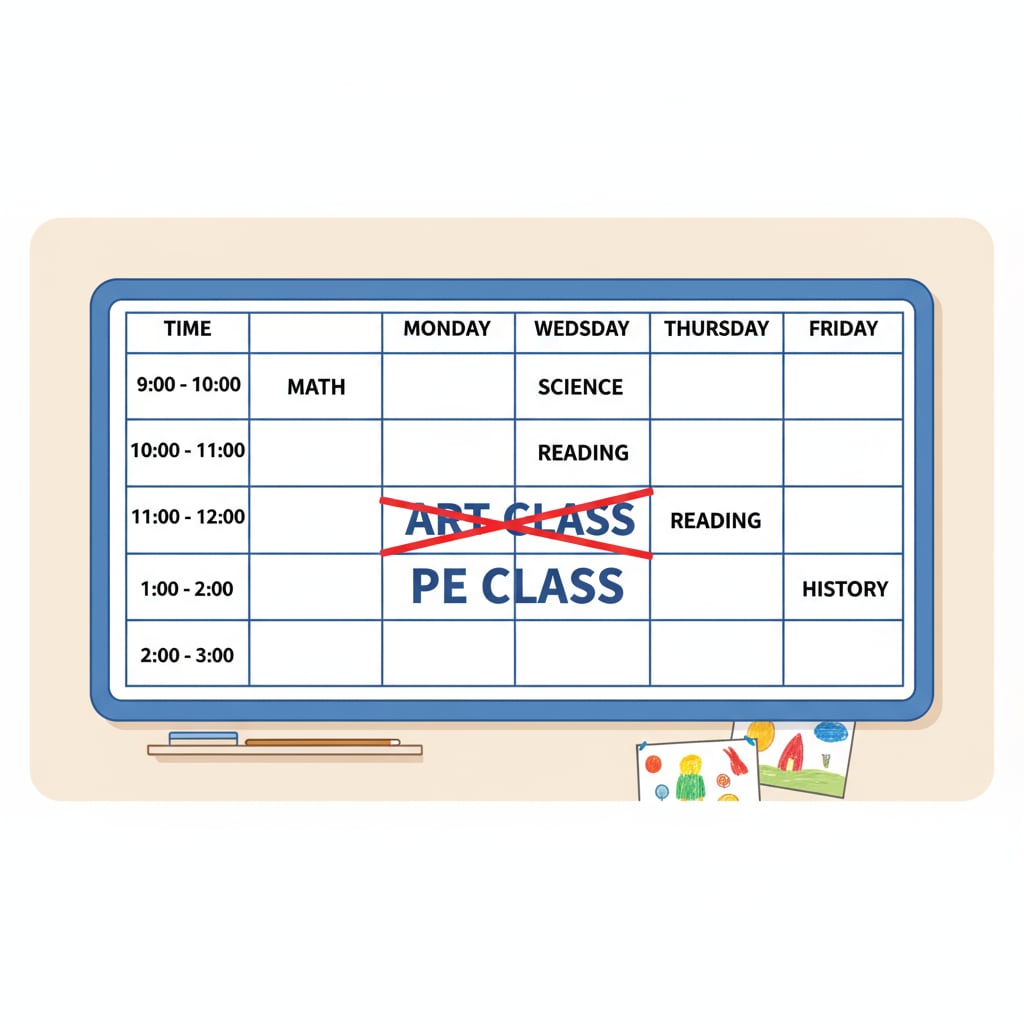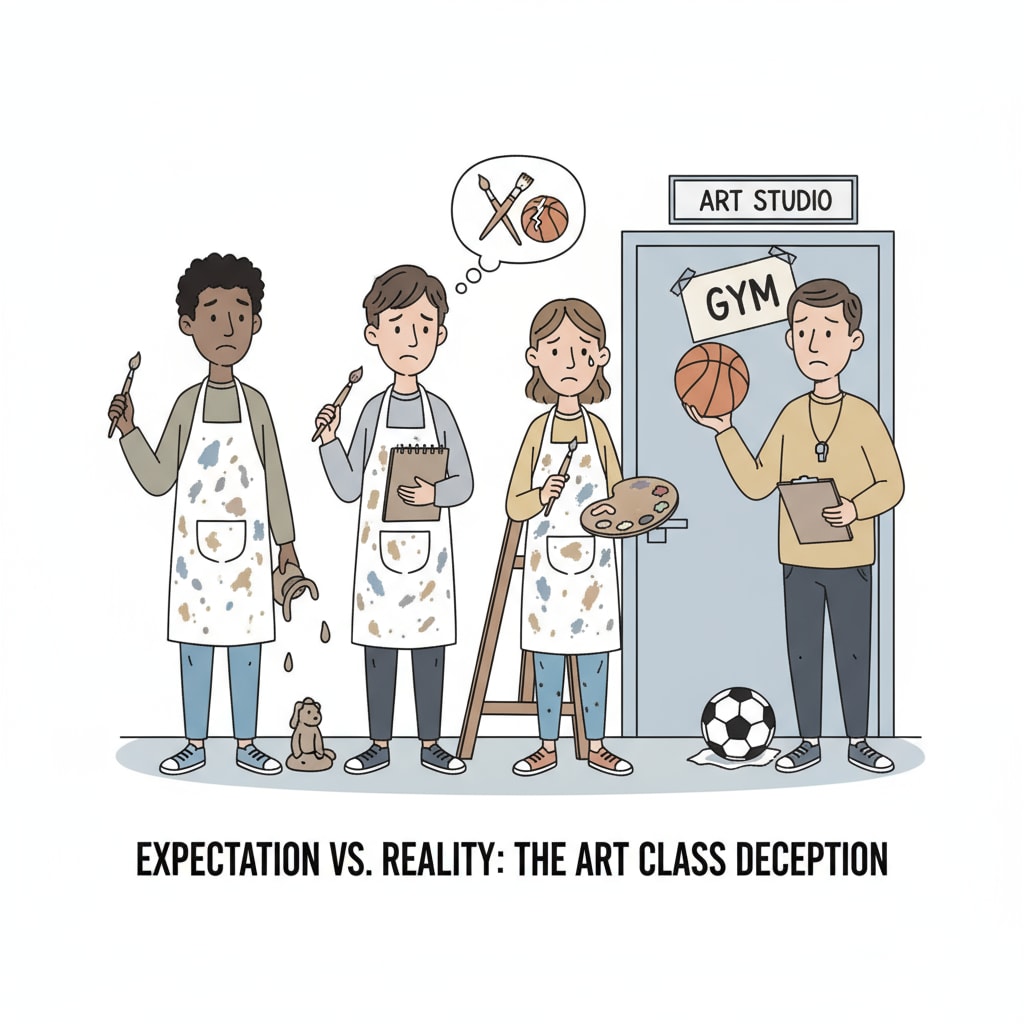In K12 schools, the issue of special subjects, teacher absence, curriculum substitution, and physical education classes has drawn increasing attention. When special subject teachers such as art or music instructors are absent, it has become a common sight to see these classes being replaced by physical education sessions. But is this the best solution?

The Prevalent Substitution Practice
All too often, when an art or music teacher fails to show up for class, the school administration quickly decides to turn the period into a physical education lesson. This practice is widespread in many K12 institutions. For example, according to Education Week, a significant number of schools across the country follow this pattern. The reasons behind this might seem straightforward at first glance. Schools may think it’s easier to make such a substitution as physical education classes don’t require specialized equipment as much as art or music classes do. However, this simple solution brings about a series of problems.

Impact on Students’ All-round Development
Art and music classes play a crucial role in students’ holistic development. They cultivate creativity, aesthetic appreciation, and emotional intelligence. When these classes are constantly replaced by physical education, students miss out on these important aspects of growth. For instance, art allows students to express themselves in unique ways, while music helps develop their sense of rhythm and harmony. Substituting these classes with PE may lead to an imbalance in students’ educational experiences. As a result, students may not reach their full potential in areas beyond physical fitness.
Burden on Physical Education Teachers
In addition, this substitution practice also places a heavier workload on physical education teachers. Suddenly having to take on additional classes means more planning, teaching, and supervision. Physical education teachers already have their own teaching plans and assessment systems. With the influx of extra classes, they may struggle to maintain the quality of teaching. This can be seen on platforms like National Education Association, where many PE teachers have voiced their concerns about this increased workload.
Moreover, this practice also raises questions about educational fairness. Not all students have the same enthusiasm or ability for physical education. Some students may be more interested in art or music, and being forced to take PE classes instead of their preferred subjects is unfair to them. It may also widen the gap between students with different interests and talents.
Readability guidance: By analyzing the impacts on students and teachers, it’s clear that the current practice of substituting special subject classes with physical education when teachers are absent needs to be re-evaluated. Schools should seek more balanced and creative solutions to ensure students receive a comprehensive education.


